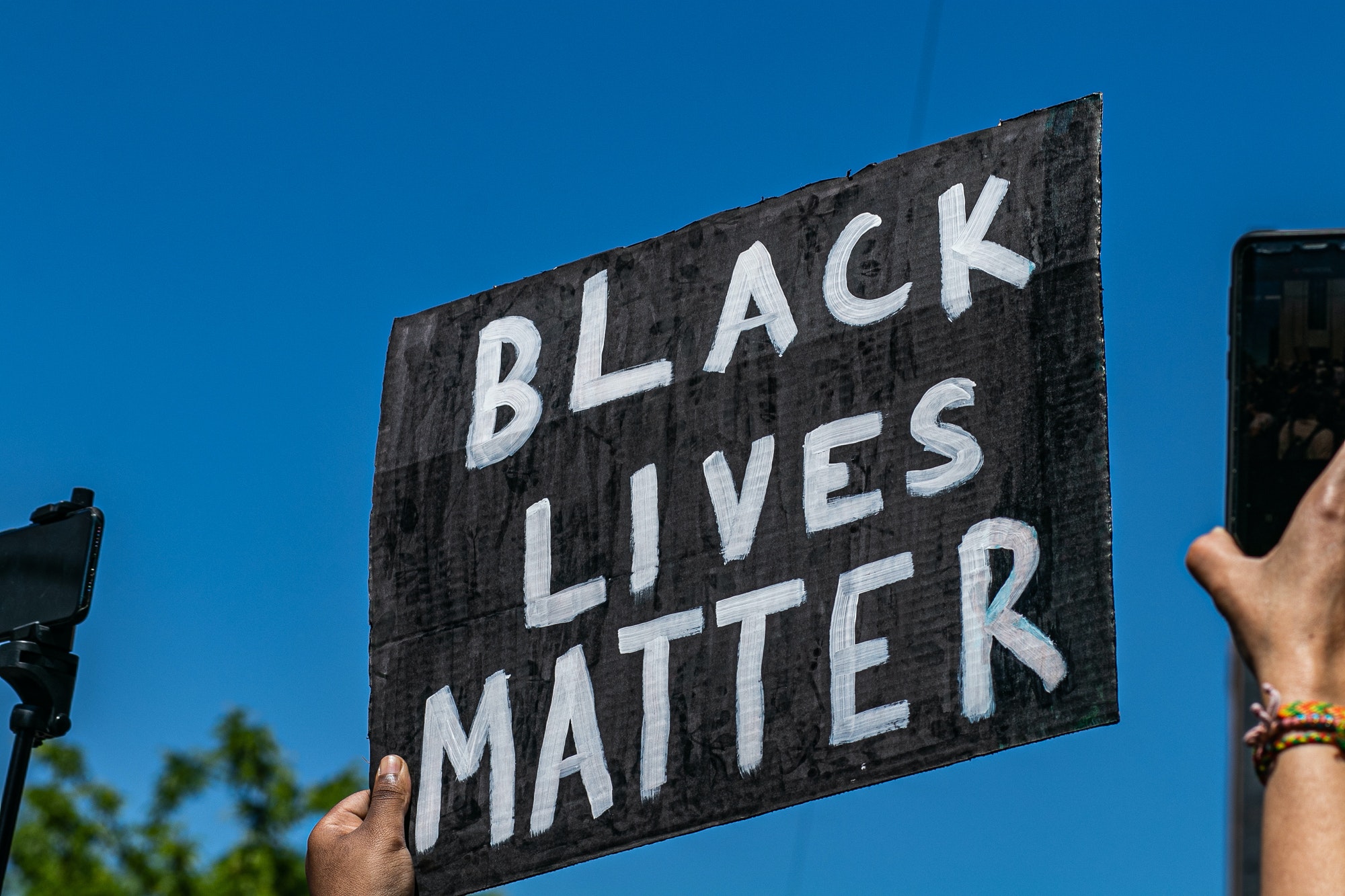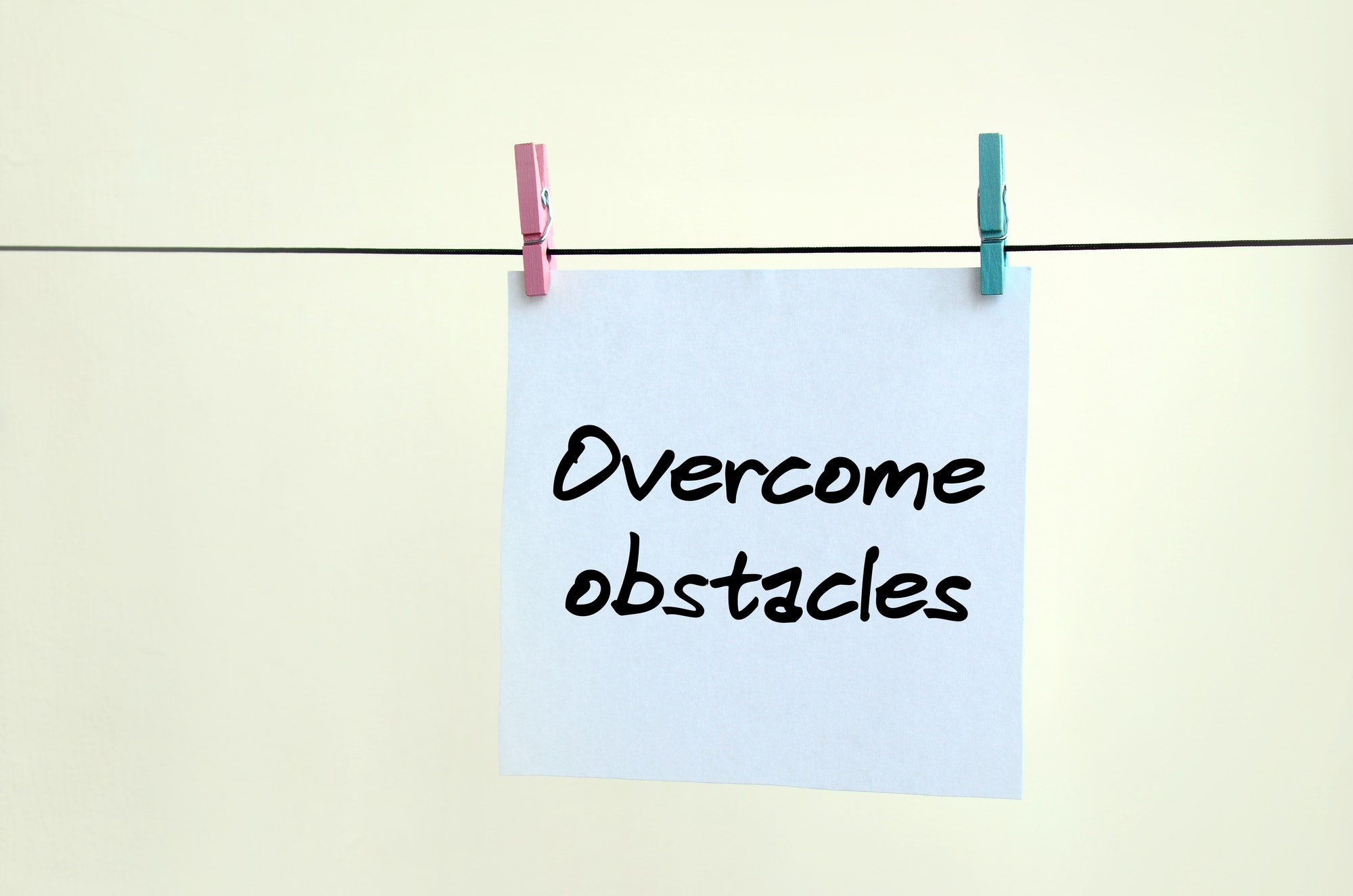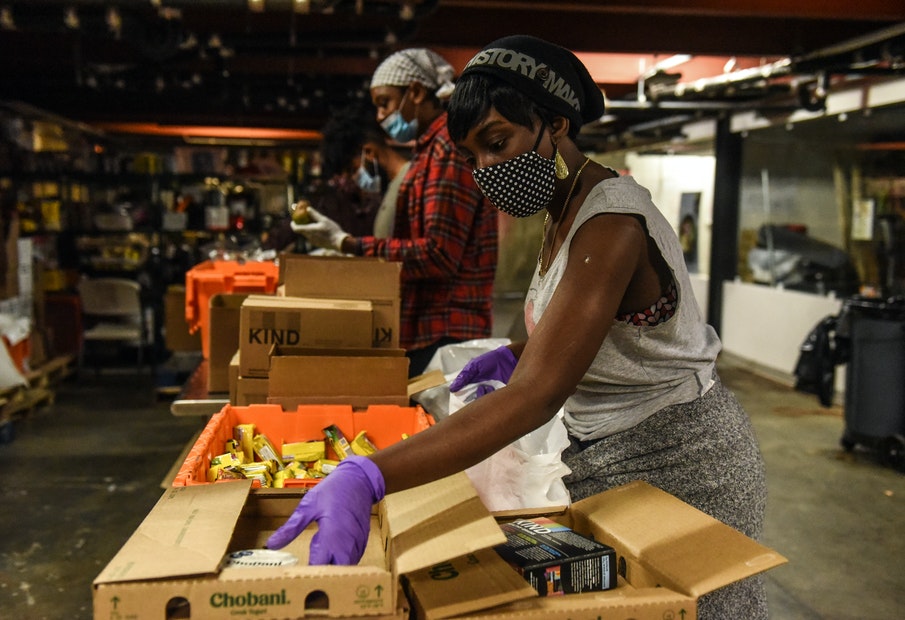Report: Black Workers in L.A. Face ‘Jobs Crisis’ That’s Causing Decline in Black Community

Monique Judge, theroot.com, March 21, 2017.
A new study conducted by the University of California, Los Angeles, says that the city’s black community is in decline as a direct result of the lack of jobs available to black workers, who are more likely to remain unemployed or drop out of the workforce entirely as a result of the 2007-2009 recession.
The report, “Ready to Work, Uprooting Inequity: Black Workers in Los Angeles County,” was published Tuesday in collaboration with the Los Angeles Black Worker Center and the UCLA Institute for Research on Labor and Employment, and found that although black workers have lost blue-collar jobs at the same rate as whites in the county, they seem less likely to find replacement work, the Los Angeles Times reports.
Additionally, 17 percent of black workers were unemployed on average from 2011 to 2014, compared with 9 percent of white workers, and 25 percent of black workers who had a high school degree or less were unemployed, compared with 14 percent of white workers.
As the Times notes, while education helped bridge the gap, it did not completely erase it because 9 percent of black workers with at least a bachelor’s degree were unemployed over that period, compared with 7 percent of white workers.
The report says, “Los Angeles is in the throes of a black jobs crisis.”
From the Times:
The lack of work is part of the reason many black residents have abandoned Los Angeles altogether, at a time when the county’s population boomed, the report says. The black population in the county plunged by 122,032 people from 1980 to 2014, according to the report. The county has gained around 2.5 million residents overall during that time.
In the meantime, black workers have flocked to the Inland Empire, which includes Riverside and San Bernardino counties. Those counties gained a combined 260,494 black residents from 1980 to 2014.
Lola Smallwood Cuevas, founder of the Los Angeles Black Worker Center, told the Times: “Black workers are often the last hired and the first fired. If we don’t address the crisis, we will have a city and a county where there are no black workers.”
The report notes that “while the black community was once a thriving part of L.A.’s landscape and remains integral to the county’s cultural and economic life, it has long been in a critical decline.” This is directly attributed to the lack of jobs for black Angelenos.
The report says that “economic and social hardship is pushing the black community out of Los Angeles County” and notes that although blacks in Los Angeles are significantly more educated than previous generations, they experience a lower labor-participation rate and a significantly higher unemployment rate than their white counterparts.
From the report:
The study calls for a stabilization of black families and communities through the creation of well-paying, quality, accessible jobs. Among other solutions, report authors recommend the unionization of black workers, an expansion of hiring benchmarks that include underrepresented workers, and an institutionalization of partnerships with credible community organizations to implement targeted outreach, recruitment, and retention programs. Through an analysis of current and historical census data, a comprehensive literature review, and the collection of worker’s stories and case studies, the report looks at the experience of the black community in Los Angeles through a labor and employment lens. It details how the lack of access to quality jobs is adversely impacting the community and draws a portrait of the challenges that black workers in Los Angeles face.
Now, if only we could get some of these suggestions implemented so that the black community in Los Angeles can be revived and revitalized.
The Working While Black Campaign
View Original Article (reprint of Worker’s Independent News coverage)
UCommBlog, March 10, 2017.
WIN reports that Black work is synonymous with low pay, Congressional Black Caucus is looking to change that

The National Black Worker Center Project is launching a #Working While Black campaign advocating a “New Deal for Black America”.
Executive Director Tanya Wallace-Goburn says to Trump and members of Congress that they should bring an end to the economic abuses of Black workers with a vision that goes beyond the desire for political power.
[Tanya Wallace-Goburn]: “Rather than focusing on filling the pockets of and wallets of billionaires, we need to focus on building projects that don’t extract wealth from our communities and build wealth within our communities.
And that’s something that all of us – no matter what your race or ethnicity is – can align with.”
The #Working While Black campaign will expose the impacts of racial and economic injustice in the workplace through workers telling their stories.
[Tanya Wallace-Goburn] :”And our goal is to launch a strategic communications and organizing campaign that’s designed to mobilize and communicate the experiences and challenges, aspirations and achievements of Black workers.
Black work has been synonymous with low paying jobs that leave Black workers vulnerable.”
The Congressional Black Caucus is urging Trump to seek its council on “The New Deal For Black America” And Wallace-Goburn says the national Black Worker Center Project partners with organized labor.
[Tanya Wallace-Goburn]: “We consider ourselves fortunate to partner with organized labor.
The main ways that we see participation is in our membership. There are many African-Americans that are members of unions and they are also members and supporters of the National Black Worker Center Project.
The other way that we’ve been able to partner with labor is in understanding the necessity to having better jobs created.”
Losing The Black Middle Class
Fortune, March 22, 2017.
A new report from UCLA delves into the very real problems black workers are facing in Los Angeles. “Los Angeles is in the throes of a Black jobs crisis,” it begins. Though the study is city-specific, the findings remind us that it’s hard out there, for some people more than others.
Among their major findings:
- Since the 1980s, the Black population in Los Angeles has declined by over 100,000 residents from 13% to 8% while the Inland Empire has gained over 250,000 Black residents.
- Black workers with a high school or less education experience unemployment at almost double the rate as white workers at the same education level.
- Black workers are underrepresented in professional jobs and have lower rates in manager and supervisory positions.
- Whether working full or part time, Black workers earn only three-quarters of what white workers earn. For Black women, the wage gap is even more severe.
Grim stuff. Here’s one that really got my attention:
- Black workers experience a myriad of negative health outcomes due to racial discrimination in employment
It’s almost like racism is literally breaking people’s hearts.
Los Angeles was one of the destination cities for black folks during The Great Migration, the slow but steady movement of six million African Americans between 1916 and 1970, from the violent repression of the Jim Crow South, to the North and West in search of a better life. Last fall, I asked Isabel Wilkerson, the author of The Warmth Of Other Suns, to explain why this history is so relevant today. “The North had not been – and has never been – forced to deal with the underlying biases and hierarchies that were as present in the South,” she told raceAhead. “When people arrived in these northern cities – looking for work, for better lives – they were met with great hostility and hyper-segregation in housing and education. And it’s dispiriting to see that hostility still exists.”
It also explains, she says, the other headlines of 2016. “Police overreach and brutality cases are a direct result of the unaddressed tensions and hostilities that are still with us. Think about it – Cleveland, Baltimore, Ferguson/St. Louis, Chicago, and Milwaukee – the most dramatic cases of police brutality are all happening in the places where people sought refuge.” And history repeats. The study suggests that black people in the Los Angeles area are feeling the need to move again.
This report drops as we are also engaging in a fraught, and long overdue conversation about white middle-class workers, many of whom are now facing several generations at or near poverty. Why were they abandoned? What is the real remedy? But history reminds us that it’s impossible to have one conversation without the other. Our stories are joined together: To leave out the experience of one group of people is to deny a fundamental reality of the other. That is the truth of our difficult history, and like it or not, no rallying cry or political fist-shaking can make it disappear.
On Point
Trump administration publishes its first list of immigrant crimes
The “Weekly and Declined Detainer Outcome Report,” is putting pressure on sanctuary cities that are protecting immigrants from deportation, and is designed to shame local jurisdictions into turning over undocumented persons to federal authorities. Univision analyzed the report: common criminal charges are domestic abuse, driving while intoxicated, assault and robbery and sexual assault. The majority of people were charged not convicted, and most come from Latin American countries.
The hijab as a symbol of feminist resistance
Women who have not worn hijab, even if their mothers do, are starting to wear it as a symbol of defiance and feminist strength, reports USA Today. The movement to wear hijab also includes non-Muslim women who don it in solidarity. The hijab itself is controversial; critics worry that the garment oppresses women. “I do believe hijab support feminism,” said one hijabi student. “The way you look at it from a religious perspective, it empowers you by strengthening your relationship with God. It’s a step you are taking to further yourself within your own religion.”
Uber to make sexual harassment findings public
An internal investigation into sexual harassment allegations against the ride-sharing company will conclude at the end of April. Board member Arianna Huffington said in a call with reporters, “Whatever the investigation finds will be honored by everyone at Uber.” It is hoped the move will reassure the public that Uber’s troubled culture is transforming, though Huffington was quick to add that the removal of CEO Travis Kalanick was not on the table. “It’s not something that’s been addressed because it has not come up, and we do not expect it to come up,” she said.
TaskRabbit CEO: “Where I’m from, people don’t know they can be a CEO of a tech company”
Stacy Brown-Philpot has been a tech treasure for ages now, a Stanford MBA who rose up the ranks at Google – she also started the black Googler network – then joined TaskRabbit as COO, then CEO. The company has embraced empathy from the start; all taskers are paid at or above minimum wage. “[W]hat TaskRabbit has done, and many other sharing economy companies, is actually formalized the side hustle in the sense that we are now giving people a way to earn an income that is meaningful.” She talks about growing up working class in Detroit, with a single mom who got it figured out. If you want a roadmap for being successful in tech while maintaining your identity as a black woman who understands the world, this is it.
Johns Hopkins accepts the first black woman as a neurosurgery resident
She’s Ghana-born medical student Nancy Abu-Bonsrah, and she plans on using her training to make a difference. “I am very much interested in providing medical care in underserved settings, specifically surgical care,” she wrote after she learned the news. “I hope to be able to go back to Ghana over the course of my career to help in building sustainable surgical infrastructure.” Abu-Bonsrah immigrated to the U.S. with her family when she was 15. The good news overshadowed the other news of the day: It took until 2017 for Johns Hopkins to find and accept a black woman into their neurosurgery program.
The 2017 Diversity In Tech Awards
They’re May 4th in New York City and Code/Interactive, a non-profit focused on providing industry opportunities for STEM students, have published their list of finalists in four categories: Individuals, Organizations, Initiatives and Media. Many of your favorite people and organizations are on the list. Click through to vote, and be aware raceAhead will be sitting up straight and looking sharp to get on the list for next year.
The Woke Leader
The contradictions in our past
Good, smart, decent people can also hold deeply racist ideas. This is the message of this important essay by Ibram X. Kendi, who offers a review of historical figures who are correctly beloved for their good works yet spared the necessary analysis of where they did real damage. “Some of America’s greatest warriors against anti-Black racism have been some of America’s greatest enforcers of racist ideas,” he writes. Ignoring history does us no favors, he asserts, taking on Harriet Beecher Stowe, Abraham Lincoln, Earl Warren, and John Marshall Harlan, the lone dissenter in the Plessy v. Ferguson decision on southern segregation. “Our Constitution is color-blind and neither knows nor tolerates classes among citizens,” is what Harlan is remembered for. “The white race deems itself to be the dominant race in this country. And so it is,” is what people have forgotten he said.
NYPD officer who delighted the crowd at the Gay Pride parade, dies of a 9/11 related cancer
The video made headlines back in 2015, and kicked off a spate of “cops dancing with underserved communities” videos, which were all fine. But this one was great. Michael Hance, an NYPD veteran, thrilled the city when a cell phone video captured him twerking with a reveler at the Gay Pride parade, while both on duty and in uniform. Hance was neither gay or an official gay officer advocate, he was just moved by the moment. “I was as impressed as I was happy,” said Brian Downey, the president of the NYPD’s Gay Officers Action League said about the video. Hance worked a “bucket brigade” in the pit after the 9/11 attacks; he was diagnosed with brain cancer last November. He was, by all accounts, a good guy.
There are hardly any black craft beer brewers
But why? Dave Infante starts his attempt to gather diversity statistics about the craft beer world with this hilarious observation: “Craft beer is white. Whiter than a ski lodge. Whiter than a Whole Foods in the suburbs.” He pesters the only black brewmaster he could find who tells him to go read. “My best answer is ‘See Coates, Ta-Nehisi,’” said Oliver Garrett of Brooklyn Brewery. Infante smartly digs deeper on his own and comes up with his an answer and another question: craft beer is white because the overall American beer industry has always been white. But why? Let’s discuss over a couple of frosty Brooklyn Lagers.
Quote
—Abraham Lincoln
Employment Equity: The State of the Black Worker & Honoring Trailblazing Women
Milwaukee Community Journal, March 19, 2017.
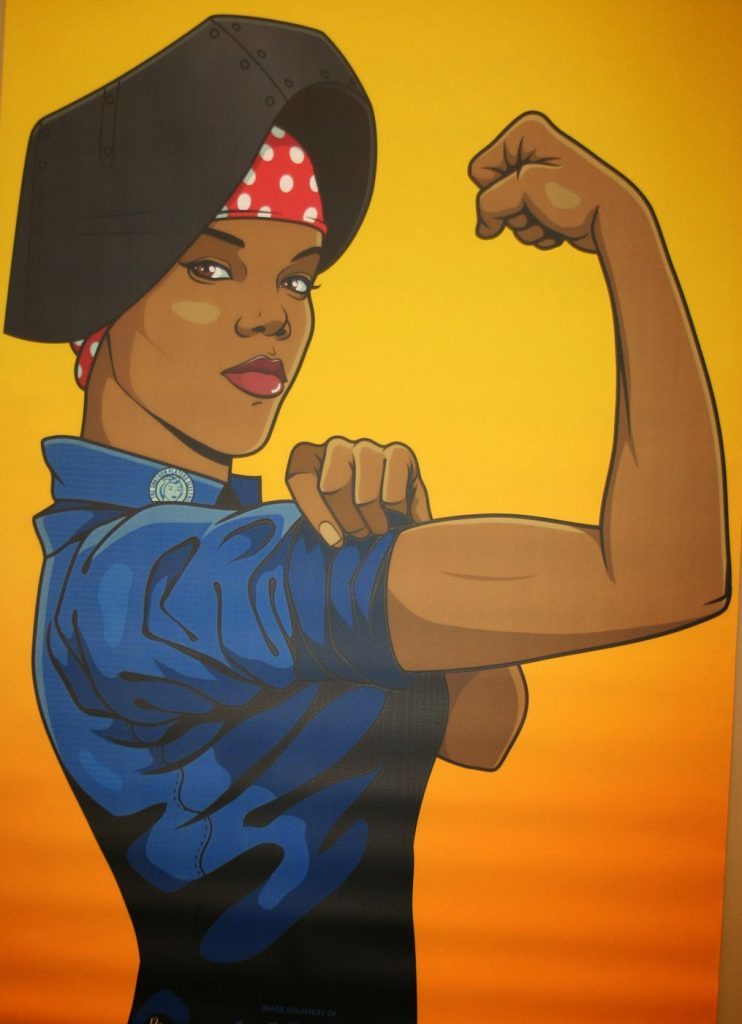
The 2017 National Women’s History Project honorees represent fierce ladies that successfully challenged the role of women in the business world. They continuously confronted the social and legal structures that have kept women’s labor underappreciated and underpaid. Facing stark inequalities in the workplace they fought to ensure less hostile environments for women, succeeded in expanding women’s participation in commerce and displayed their immense power in the paid labor force. As labor and business leaders, the 2017 Honorees paved the way for generations of women leaders to follow.
And follow we MUST because nationally, the unemployment rate for Black women is 7.1 percent. Trump says: “Jobs pour back into our country like we haven’t seen in decades,” while according to the Bureau of Labor Statistics – The number of unemployed persons is at 7.5 million. The unemployment rate has also changed very little over the months since the election and fluctuated by only +/- 0.1% in either direction, decreasing to 4.7 percent. Even in a good economy, the Black unemployment rate (currently 8.4 percent) consistently remains twice as high as the national average. The Black jobs crisis goes beyond unemployment and underemployment. It extends to racist hiring practices wage and salary discrimination, unjust corporate practices, and concrete ceiling that prevent advancement opportunities.
For millions of Black workers and our families, the economic outlook isn’t so bright and the “gains,” proposed policies and cuts are hardly cheerful. In fact, they would likely lengthen the bridge to economic justice and maintain poverty structures that halt full engagement of Black workers in the U.S. economy. This injustice would be particularly challenging for Black women who still face wide wage gaps and are less likely to work in higher-paid occupations.
Optimism for Black workers in a growing economy should rest in our own organizing efforts to strengthen political power, change policies and end systemic racism that blocks access to equal wages and job advancements.

The Baltimore Black Worker Center, in celebration of Women’s History Month, is hosting a forum, “From Girls in the Hood to Women in Construction,” to provide space for Black workers to get connected to apprenticeship programs and building trades. It’s the first in a series of forums to educate workers about what they need for apprenticeships with non-traditional trades. “Black Spaces for Women” – a report for a pilot project with curriculum recommendations― for affiliates of the National Black Workers Center Project aims to help improve practices that support Black women in leadership.
With so much left to be achieved in the advancement of Black economic stability, for inspiration let’s look to these 2017 Honorees that defied the odds of their times by demonstrating women’s ability to create organizations and establish their own businesses proving that women could succeed in every field.

Addie L. Wyatt – Labor Union Leader and Civil Rights Activist
Rev. Addie L. Wyatt passed away in 2012, but spent her life fighting against gender and race based inequities and for equal pay for equal work. In 1953, Wyatt became the first black woman elected to office in Local 56 of the United Packinghouse Workers of America (UPWA) and was also a leader in the struggle for the Equal Rights Amendment. Eleanor Roosevelt appointed her to the United States Commission on the Status of Women in the early 1960s and in 1966, she was a founding member of the National Organization for Women. Wyatt became a founding member of the Coalition of Black Trade Unionists in 1972. Two years later she was the pivotal force in the founding of the Coalition of Labor Union Women (CLUW) where she gave the keynote speech addressing 3,200 women. She even counseled Barack Obama when he was a young community organizer in Chicago.

Alexis Herman – Former Secretary of Labor
At the age of twenty-nine, President Carter’s appointment made her the youngest director of the Women’s Bureau in the history of the Labor Department. In 1992, she became the 1st African American woman to serve as an Assistant to the president as the Director of the White House Office of Public Liaison. Just 5 years later in 1997, Herman was sworn in as America’s 23rd Secretary of Labor and the first African American ever to lead the United States Department of Labor. Currently Alexis Herman serves as chair and CEO of New Ventures, LLC a Risk Management Firm. She continues to lend her expertise and talent to many corporate enterprises and nonprofit organizations. Presently, she chairs the Toyota Diversity Advisory Board. Her nonprofit work today includes: serving as a Trustee for the National Urban League, a member of the Executive Board of Delta Sigma Theta Sorority, Inc., and the president of the Dorothy I. Height Educational Foundation.

Yvonne Walker – President, Service Employees International Union (SEIU) Local 1000
Yvonne Walker is President of SEIU Local 1000. Her efforts towards economic and social justice are felt by workers across the country and around the world. In 1995 she took a job as a legal secretary for the California Department of Justice. In 2008 Walker became President of SEIU Local 1000, the first African American women to serve in this role. As President, Walker represents more than 95,000 public and private sector employees in CA. Her leadership has empowered workers and their families to have a collective voice in the fight for economic and social justice. She leads struggles against cuts to pensions, wages, benefits, and health care. Known as an expert problem solver and innovative thinker, she served on the board of SEIU’s International Futures Committee, which brings together union leaders worldwide to strategize about visions for the future and how to get there. Though in many leadership roles, Yvonne Walker is always on the front lines of the fight with and for the rights of low-wage workers. She has also received awards from numerous organizations, most notably the Coalition of Labor Union Women.
While each Honoree is extraordinary, she is also ordinary in her own way, showing that women business and labor leaders can and should be considered the norm. The fate of Black workers will not lie in the hands of Washington policymakers. Find out more about the National Black Worker Center Project and join the #WorkingWhileBlack campaign to help ensure that Black workers at all levels reap the same benefits of economic growth as the rest of the nation.
